Directions for HCI
DIS2020
There is potential for a shift in design thinking that arises from the new nature of biotechnology.
Biodesign will centred around the needs of the user and also the needs of organisms that take part in these systems. This shift in thinking will influence the way in which designers view the designed system, the way in which users will need to act towards interactive devices, and the way that technology is conceptualised. This requires a new approach to thinking about how technology is designed for users and the organisms that take part in our interactive systems.
Biodesign is heading towards a new model: away from the paradigm of human-centered design and technology based on physics, towards designing for symbiosis and technology that is co-created with living organisms.
Update: we have updated the EOI form to resolve the issue of users being locked out.
While the workshop is held as part of the DIS conference, we invite people from design, arts and industry will participate.
Workshop Time
Date
Time
Duration
EOI
Tools
17th July 2020
4pm Sydney time / 8am Amsterdam time
3 Hours
Please complete this EOI form to participate (due 30th June)
See the Participating section below for instructions.
This collaborative workshop will be conducted online, facilitated using Zoom and Miro.
About the Workshop
In this workshop, we will explore three themes in biodesign:
Design for Participating Organisms
Biodesign is a field that will extend beyond human-centred design, to a form of human-organism symbiotic design. When components of an interactive system are living the designer will be required to co-create a product that allows the participating organism to thrive.
Challenging User Behaviour
Sustainability is a key issue driving biodesign. We will question whether a biological material can be more sustainable than a synthetic material when user behaviour is not challenged by the design.
Steering Technology
The applications of novel composite materials developed by designers from natural sources are currently limited, and often speculative.
The expectations designers and consumers have towards new technologies are biased towards a basis in physics, rather than biology.
Rather than a risk to the future of biodesign, these may be an opportunity for biodesign to steer technology towards different kinds of technologies, which we have not yet imagined.
Participating
We invite the members of the DIS community to engage with the challenge of designing with living organisms as partners. You are invited to submit an illustrated statement or case study of your own biodesign practice, up to two pages, as part of the EOI (e.g. in the form of a pictorial).
In your positional statement you may also wish to consider:
- Your own definition of biodesign,
- Your practice, methods, and how others could follow similar approaches,
- Ways to evaluate biodesigned technology, and how it relates to the evaluation of other technologies,
- Underlying ethical considerations,
- Responsibilities: of the designer, of different disciplines,
- Values that may ground biodesign.
We also invite participants to include a short video (< 2 minutes) that describes or documents their work in the field of biodesign.
To participate, please complete the EOI form (including the positional paper) by 30th June 2020.
Community
We plan to strengthen the biodesign community within HCI. We hope that the discussions will help build a research agenda for biodesign and bring together experts in design, HCI and biodesign to critically reflect on potential of technologies based in biological sciences.
Organisers

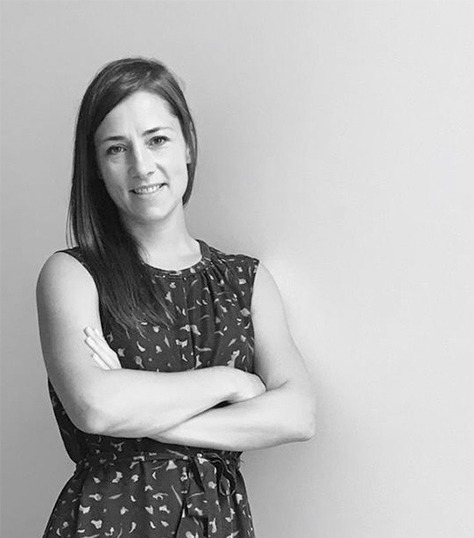
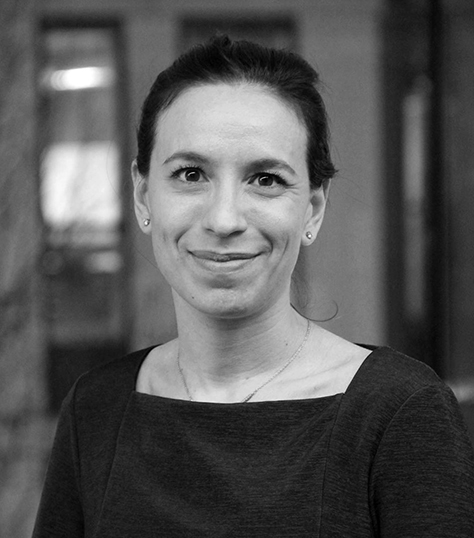

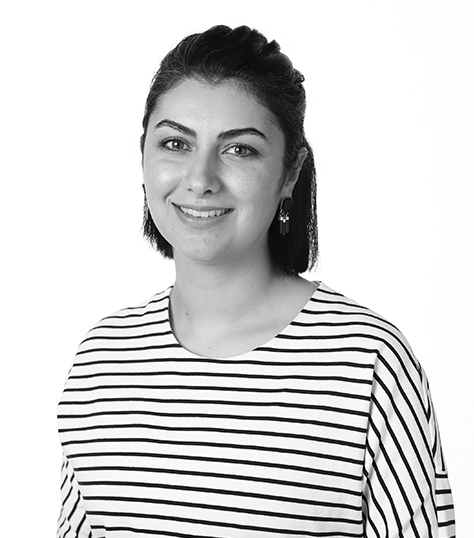
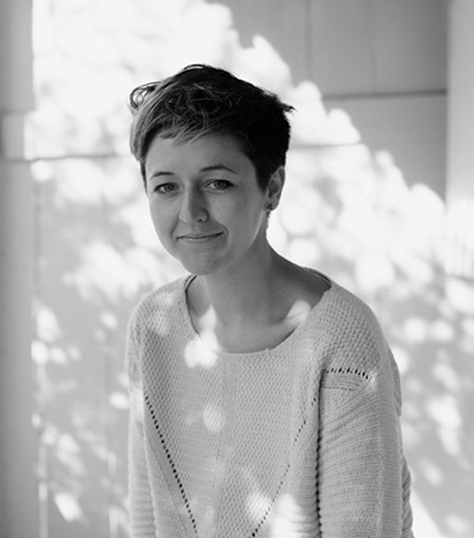
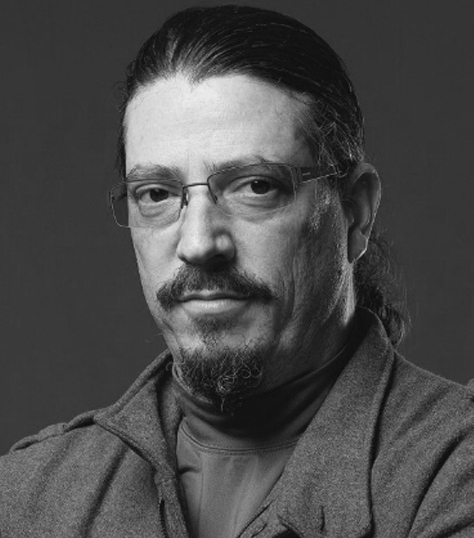
Oron Catts is an artist, researcher, designer and curator whose pioneering work with the Tissue Culture and Art Project which he established in 1996 is considered a leading biological art project. In 2000 he co-founded SymbioticA, a biological art research centre at The University of Western Australia. Under Catts’ leadership SymbioticA has gone on to win the inaugural Prix Ars Electronica Golden Nica in Hybrid Art (2007) the WA Premier Science Award (2008) and became a Centre for Excellence in 2008.

